Amazon inducted bestselling author Nora Roberts as the third member of its Kindle Million Club yesterday with a press release stating that Roberts “has sold 1,170,539 Kindle books under her name and her pseudonym J.D. Robb.” So we now have the following members in the Kindle Million Club, and you can click on these links to fill your Kindles up with hundreds of their titles:
Million Club yesterday with a press release stating that Roberts “has sold 1,170,539 Kindle books under her name and her pseudonym J.D. Robb.” So we now have the following members in the Kindle Million Club, and you can click on these links to fill your Kindles up with hundreds of their titles:
Come to think of it, when you look at the long lists of titles by Roberts and Patterson, it is all the more impressive that Larsson was able to storm the castle with a single trilogy. But there’s definitely a lesson here for emerging authors, and it is a lesson that many Kindle Nation faves like Imogen Rose, Scott Nicholson, Paul Levine and J.A. Konrath have learned well: trilogies, series, and multiple titles allows authors great efficiencies when it comes to building exposure for their books.
While the Kindle Million Club will always be an elite club, it is also very likely that membership in the club will expand geometrically in the next few years. By this time next year I would expect the club to have about 10 members, and to be very close to inducting its first “indie author” member. By mid-decade we’ll see a dozen members of the club who are operating, at least for current ebook purposes, without traditional publishers.
Which brings us back to a topic we’ve been discussing ever since the first month the Kindle came out back in late 2007: just how big is the Kindle revolution?
In last week’s Kindle Nation weekly digest we hinted that I would be back this week with some analysis to support my belief that:
- first, Amazon recently passed the 12-million mark in total Kindles shipped since November 2007; and
- second, readers downloaded about 15 million Kindle ebooks, including 10 million paid books, during the final week of 2010.
Frankly, the details of triangulating in on how many Kindles there are in the world can get a little dull, but here are our estimated benchmarks for cumulative Kindle sales during the past three years and change:
- Kindle Launch – November 19, 2007
- 100,000 Kindles – March 2008
- 750,000 Kindles – October 2008
- 1 Million Kindles – March 2009 (Kindle 2 Ships)
- 3 Million Kindles – December 2009
- 4 Million Kindles – July 2010
- 6 Million Kindles – August 2010 (Kindle 3 Ships)
- 8.5 Million Kindles – December 12, 2010
- 11 Million Kindles – December 24, 2010
- 12 Million Kindles – January 2011
- 22 Million Kindles – December 2011 (conservative projection)
- 35 Million Kindles – December 2012 (conservative projection)
All of the figures for 2008 and 2009 are consistent with figures we estimated contemporaneously, and of course others then claimed at each of those points that our estimates were far too aggressive. In each case, however, the sales arc on which my figures were based was eventually confirmed and became the consensus view.
Now we’re not trying to prove our case to a jury here, and of course Amazon doesn’t disclose these numbers. But a few things that Amazon has said in the past year or so help, nonetheless, with the triangulation:
- Jeff Bezos announced at the end of 2009 that Amazon had sold “millions of Kindles.”
- Amazon announced on December 13, 2010 that “in just the first 73 days of this holiday quarter, we’ve already sold millions of our all-new Kindles with the latest E Ink Pearl displays. In fact, in the last 73 days, readers have purchased more Kindles than we sold during all of 2009.”
- Amazon announced on October 24, 2007 that it had sold 2.5 million copies of Harry Potter and the Deathly Hallows (Book 7), with the 2007 holiday season still to come and the July 2009 paperback edition yet to be released. The Potter book has continued to sell briskly in the past three years (hardcover #1 for the entire year 2007, and both hardcover and paperback editions remain in the top 1,000 even now, in January 2011).
- Amazon announced on December 27, 2010 that in just 4 months since its launch the Kindle 3 had already become “the bestselling product in Amazon’s history, eclipsing Harry Potter and the Deathly Hallows (Book 7).” That statement referred both to hardcover and paperback copies of the Potter book, for which I would estimate Amazon’s total cumulative worldwide print sales to be about 7.1 million copies.
- Finally, Amazon said throughout the month of December that it would not be shipping Kindles outside the U.S. in time for Christmas delivery, and all of the indications available to us here at Kindle Nation are that international Kindle shipments in the three weeks since Christmas have been very, very brisk.
I will leave you to connect your own dots there, if you are interested. Call me unrigourous, but this is not graduate school. Of course it doesn’t really matter in the long run if Amazon has shipped 12 million Kindles to date or 11.75 million or 12.3 million, but if you come up with a figure of fewer than 11.5 million you haven’t connected all the dots. The technical term is that they have shipped an even gazillion, and the Kindle’s sales velocity is not slowing down. Au contraire.
So what about my claim that readers downloaded 15 million Kindle books, 10 million of them paid, in the last week of 2010? Actually, those figures are conservative, despite the fact that my friend and colleague Morris Rosenthal (who brings a lot to the table where statistical estimates of Amazon sales are concerned) puts the figure at 3 to 3.5 million.
There are some important numbers that I cannot share here because they involve confidential information concerning my own sales figures and figures that have been shared confidentially with me by other authors and publishers, so let’s take a different approach. We’ll call it “common sense,” and there are several different ways we can come at this. Let’s start with something we got from the world of the Nook:
- Barnes and Noble issued a press release on December 30 saying both that it had sold “millions of Nooks” so far and that customers had downloaded “nearly one million NOOKbooks purchased and downloaded on Christmas Day alone.” So we can extrapolate that on Christmas Day alone there was at least one ebook sold for every three Nooks.
- We begin with the expectation that there were 11 million Kindles by December 25, but let’s say that 1 million of those were secondary Kindles, defunct Kindles, etc. On the other 10 million Kindles, assuming that Kindle owners are every bit the active readers that Nook owners appear to be, that would lead us to conclude that they downloaded 3.3 million Kindle books on Christmas Day alone.
- Amazon stated earlier that about 20 percent of Kindle books are downloaded to Kindle apps on other devices. While Kindle device sales were certainly brisk ahead of Christmas, so were sales of all the other devices that run the Kindle purchasing and reading app. Thus it makes sense to stick with the 20 percent figure for Kindle purchases on other devices, and if we do the math, that would come to 825,000 Kindle books downloaded on other devices. Let’s round it down to 4 million. Yep, that’s 4 million Kindle books purchased and downloaded on Christmas Day.
- While the annual rush period for print book publishers, retailers, and authors runs from Black Friday to Christmas Eve, it’s a very different calendar in the ebook business. Sales peak on Christmas Day and hold at very high levels through the first week of January as people open new ebook readers. On December 25, 2009, I sold over 1,700 copies of my bestselling ebook, which was more than 3 times my sales on any previous day. But that ebook’s daily sales did not slip below 1,000 copies a day on any of the next 10 days. That experience runs parallel to what I have witnessed but cannot disclose about dozens of other ebooks by other authors, so that I am confident that if Amazon sold 4 million Kindle books on Christmas Day, its sales for the following 6 days did not slip below 2 million copies a day, for a total of over 16 million Kindle books sold during the final week of 2010, and the figure is probably higher still by a million or more. Even if a third of the downloaded Kindle books were free, that still comes to over 10.5 million paid Kindle books.
Or here’s another way to look at it, and we start again with the 11 million Kindles figure as of Christmas morning:
- That figure includes 4 million previous-generation Kindles that were shipped by July 2010 and another 2 million Kindle 3s that were shipped prior to Labor Day. Let’s say that no paid ebooks at all were purchased on a million of those units during the last week of 2010, and that only an average of 0.5 ebooks were purchased that week on the other 5 million units. So there’s a very conservative start, with 2.5 million paid ebooks sold on those ancient Kindles.
- Then let’s take the 5 million new Kindles shipped since August. Let’s say, again, that a million of those weren’t used to download a single ebook for the final week of 2010. On the other 4 million, let’s hypothesize something like this:
- 1 million units downloaded 0.5 books each (0.5)
- 1 million units downloaded 1.0 books each (1.0)
- 1 million units downloaded 2.0 books each (2.0)
- 1 million units downloaded 3.0 books each (3.0)
- That comes to 9 million paid ebooks loaded directly to Kindles, and that would suggest 2.25 million ebooks loaded to Kindle apps on other devices, for a total of 11.25 million.
- Again, I believe these models and the results of 10.5 to 11.25 million paid Kindle ebook sales for the last week of 2010 are conservative, because, for one thing, I believe that about 3 million Kindles were opened for the first time on or about Christmas Day and it would confound my understanding of human nature to think that, in the hands of people who love to read, those newly unwrapped Kindles led to only 6 million ebooks downloaded. I just don’t see many of those folks saying, “I can’t wait until Monday morning so I can go to the public library to find something to read.”
We could go on and on, but I sense that your eyes have already long since glazed over. Again, it doesn’t really matter if there were 11.25 million paid Kindle books sold during the last week of 2010 or 9.7 million, but we can be quite sure that the figure was far north of 3.5 million.
I have no doubt that there will be a few publishing industry insiders who read this post and conclude once again that I’ve been drinking that Kindle Kool-Aid again, and that I am totally caught up in the hype of the so-called “Kindle revolution.” They will point out that everyone knows that ebook sales are really only 8 or 10 percent of the trade book market.
To which I say, yep, it’s apple-flavored Kool-Aid and, well, how do you like these apples? … as reported today by Bob Minzesheimer and Craig Wilson in their USA TODAY Book Buzz column:
E-books surge: Egads, as cartoon heroes would say. E-books had another great week after up to 5 million digital reading devices were unwrapped for the holidays. Last week, the e-book outsold the print version for 18 of the top 50 books on USA TODAY’s Best-Selling Books list, including all three Stieg Larsson novels. The week before, 19 had higher e-book than print sales. That was the first time the top 50 list has had more than two titles in which the e-version outsold print.

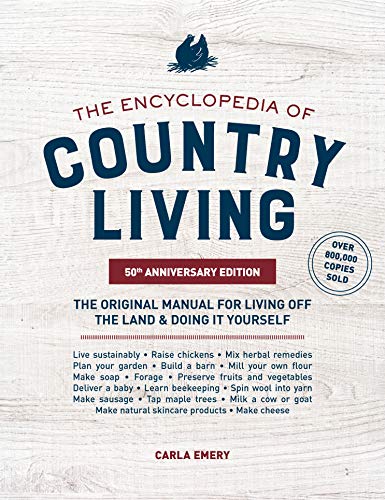


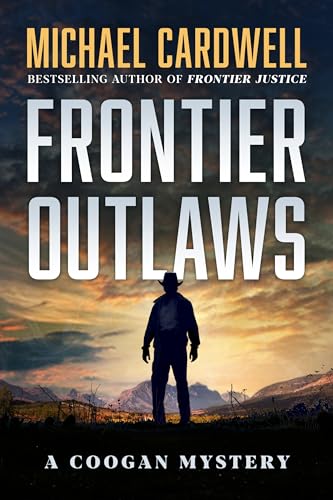
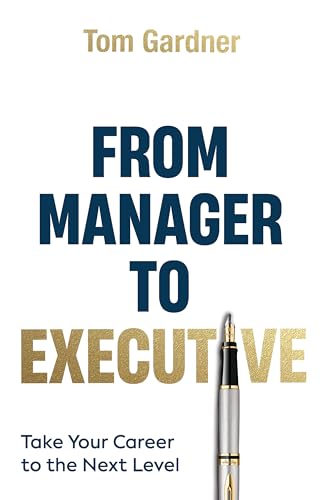

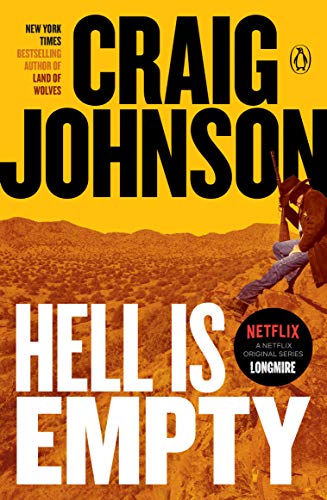



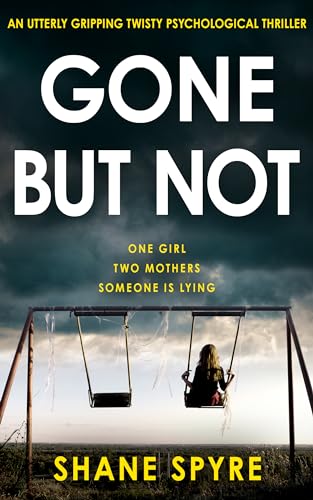


Just How Big is the Kindle Revolution? Our Estimates: Amazon Has Sold 12 Million Kindles, and There Were Over 10 Million Paid Kindle eBook Sales in the Last Week of 2010
Amazon inducted bestselling author Nora Roberts as the third member of its Kindle Million Club yesterday with a press release stating that Roberts “has sold 1,170,539 Kindle books under her name and her pseudonym J.D. Robb.” So we now have the following members in the Kindle Million Club, and you can click on these links to fill your Kindles up with hundreds of their titles:
Million Club yesterday with a press release stating that Roberts “has sold 1,170,539 Kindle books under her name and her pseudonym J.D. Robb.” So we now have the following members in the Kindle Million Club, and you can click on these links to fill your Kindles up with hundreds of their titles:
Come to think of it, when you look at the long lists of titles by Roberts and Patterson, it is all the more impressive that Larsson was able to storm the castle with a single trilogy. But there’s definitely a lesson here for emerging authors, and it is a lesson that many Kindle Nation faves like Imogen Rose, Scott Nicholson, Paul Levine and J.A. Konrath have learned well: trilogies, series, and multiple titles allows authors great efficiencies when it comes to building exposure for their books.
While the Kindle Million Club will always be an elite club, it is also very likely that membership in the club will expand geometrically in the next few years. By this time next year I would expect the club to have about 10 members, and to be very close to inducting its first “indie author” member. By mid-decade we’ll see a dozen members of the club who are operating, at least for current ebook purposes, without traditional publishers.
Which brings us back to a topic we’ve been discussing ever since the first month the Kindle came out back in late 2007: just how big is the Kindle revolution?
In last week’s Kindle Nation weekly digest we hinted that I would be back this week with some analysis to support my belief that:
Frankly, the details of triangulating in on how many Kindles there are in the world can get a little dull, but here are our estimated benchmarks for cumulative Kindle sales during the past three years and change:
All of the figures for 2008 and 2009 are consistent with figures we estimated contemporaneously, and of course others then claimed at each of those points that our estimates were far too aggressive. In each case, however, the sales arc on which my figures were based was eventually confirmed and became the consensus view.
Now we’re not trying to prove our case to a jury here, and of course Amazon doesn’t disclose these numbers. But a few things that Amazon has said in the past year or so help, nonetheless, with the triangulation:
I will leave you to connect your own dots there, if you are interested. Call me unrigourous, but this is not graduate school. Of course it doesn’t really matter in the long run if Amazon has shipped 12 million Kindles to date or 11.75 million or 12.3 million, but if you come up with a figure of fewer than 11.5 million you haven’t connected all the dots. The technical term is that they have shipped an even gazillion, and the Kindle’s sales velocity is not slowing down. Au contraire.
So what about my claim that readers downloaded 15 million Kindle books, 10 million of them paid, in the last week of 2010? Actually, those figures are conservative, despite the fact that my friend and colleague Morris Rosenthal (who brings a lot to the table where statistical estimates of Amazon sales are concerned) puts the figure at 3 to 3.5 million.
There are some important numbers that I cannot share here because they involve confidential information concerning my own sales figures and figures that have been shared confidentially with me by other authors and publishers, so let’s take a different approach. We’ll call it “common sense,” and there are several different ways we can come at this. Let’s start with something we got from the world of the Nook:
Or here’s another way to look at it, and we start again with the 11 million Kindles figure as of Christmas morning:
We could go on and on, but I sense that your eyes have already long since glazed over. Again, it doesn’t really matter if there were 11.25 million paid Kindle books sold during the last week of 2010 or 9.7 million, but we can be quite sure that the figure was far north of 3.5 million.
I have no doubt that there will be a few publishing industry insiders who read this post and conclude once again that I’ve been drinking that Kindle Kool-Aid again, and that I am totally caught up in the hype of the so-called “Kindle revolution.” They will point out that everyone knows that ebook sales are really only 8 or 10 percent of the trade book market.
To which I say, yep, it’s apple-flavored Kool-Aid and, well, how do you like these apples? … as reported today by Bob Minzesheimer and Craig Wilson in their USA TODAY Book Buzz column:
Share via: